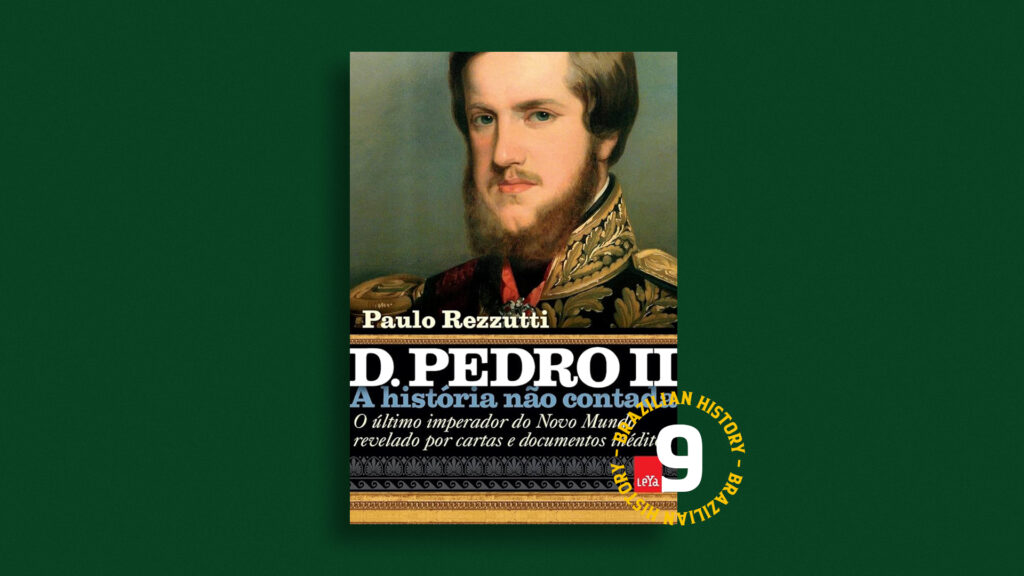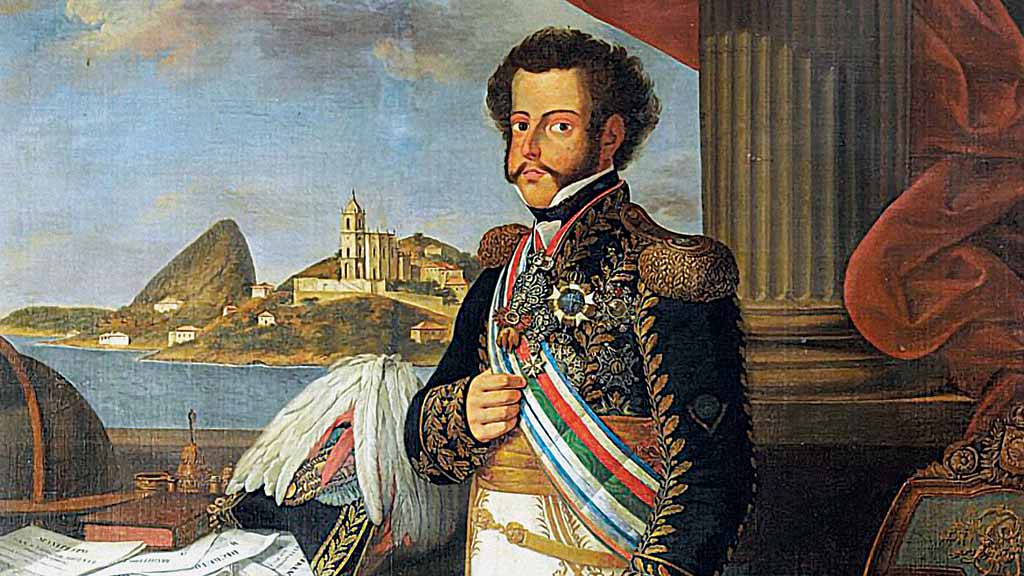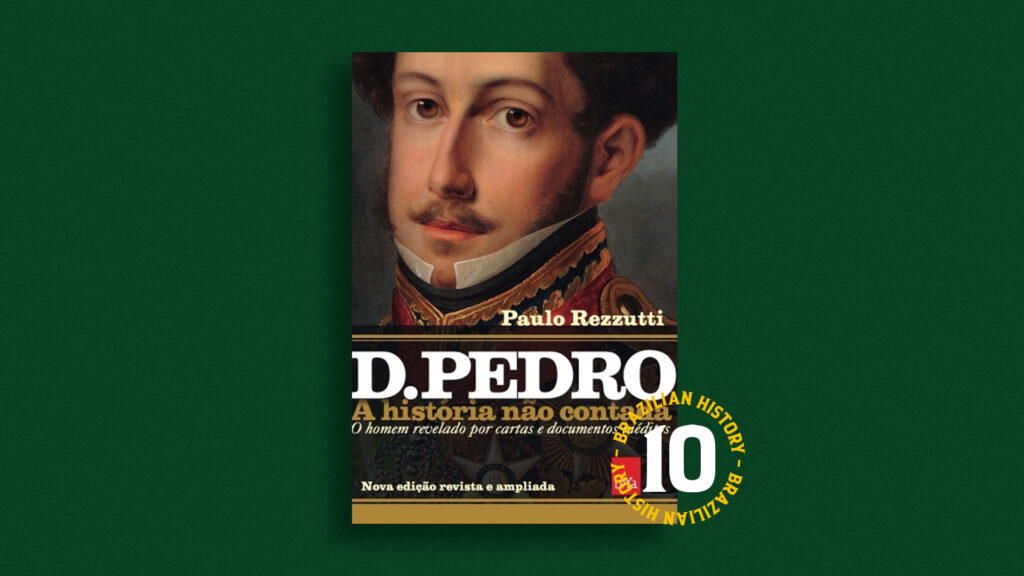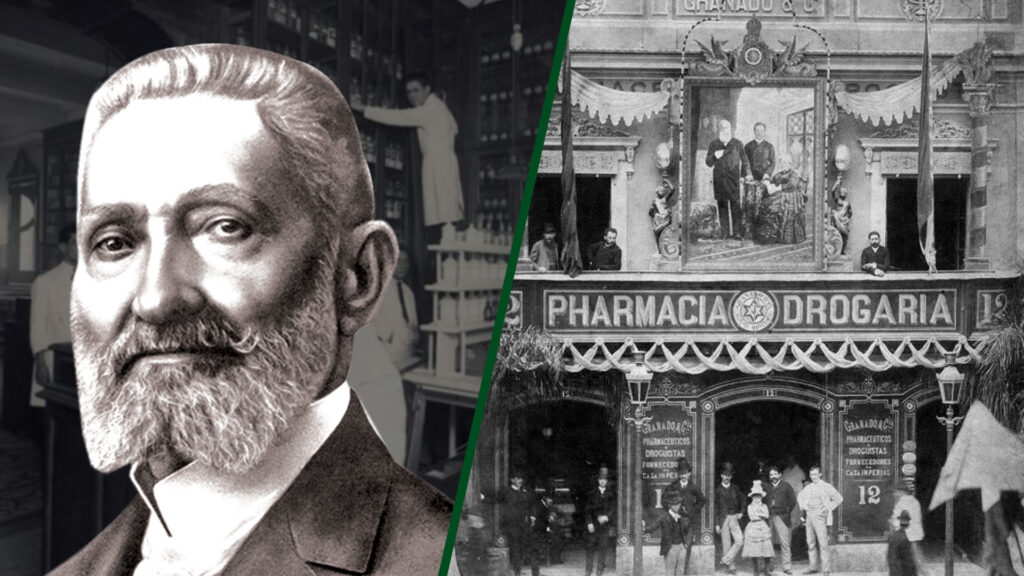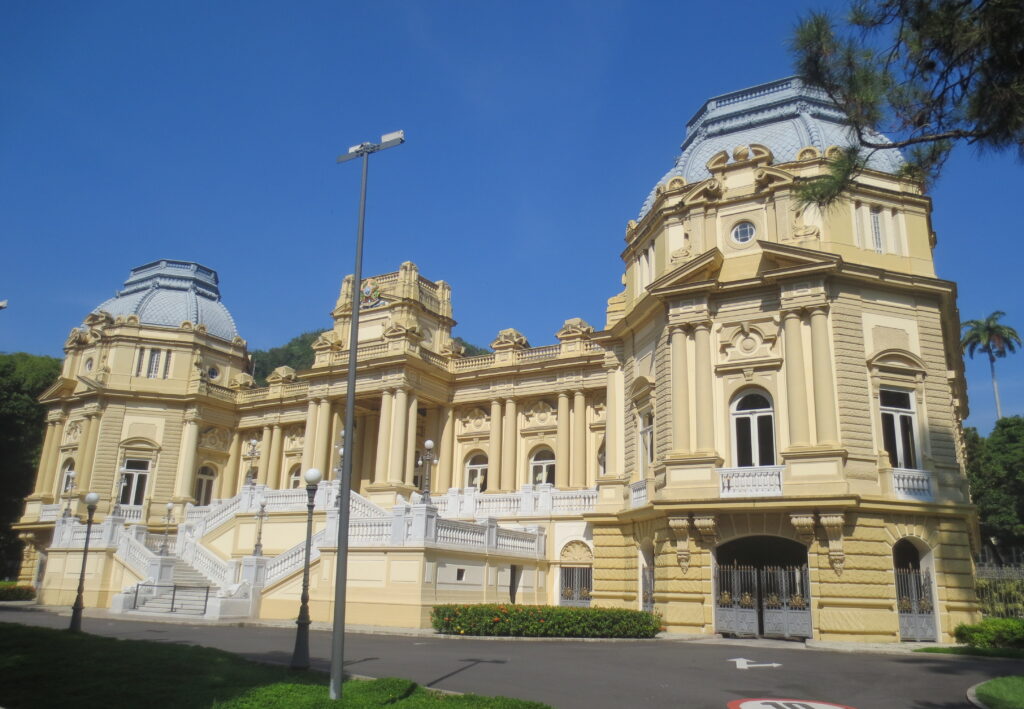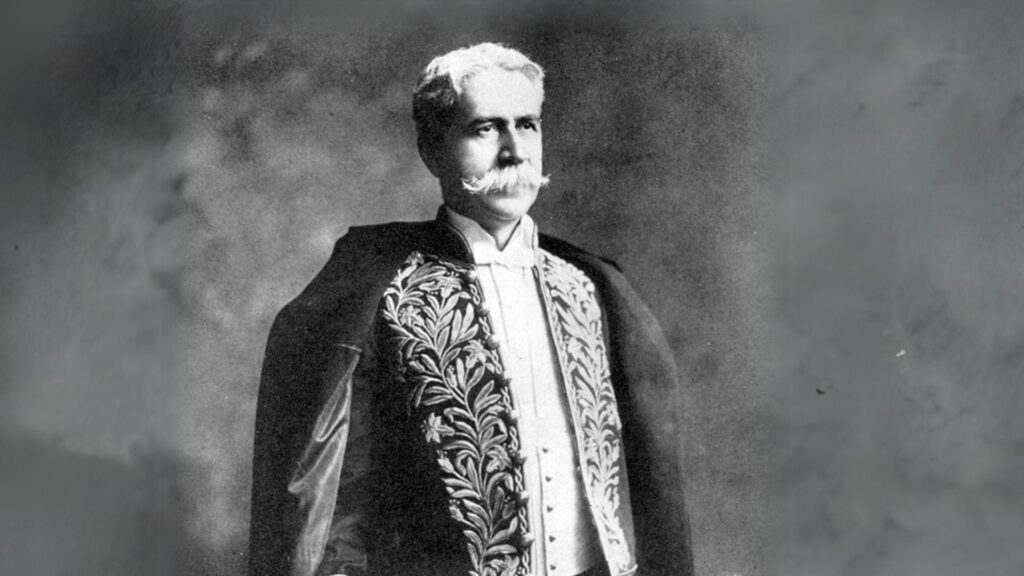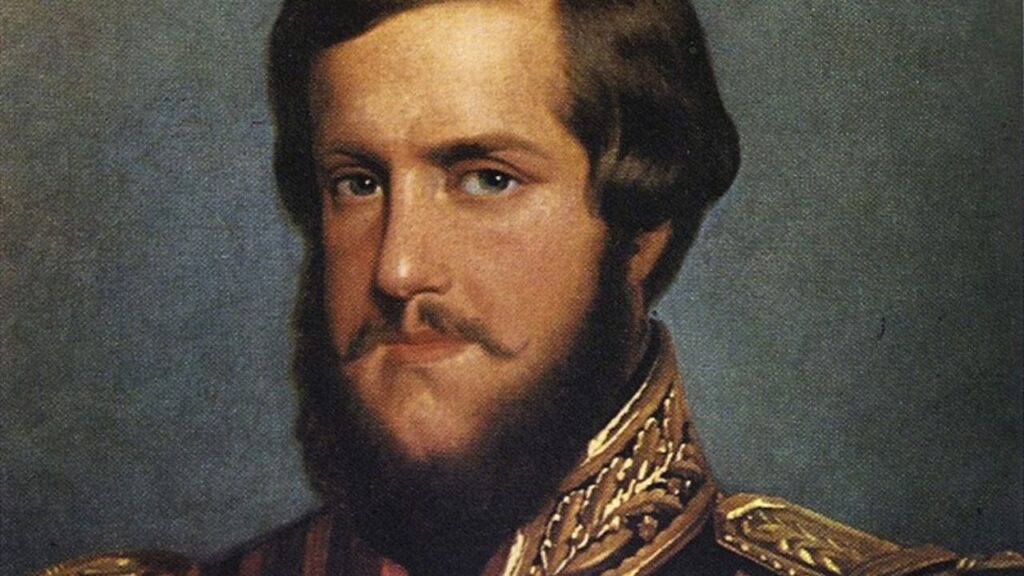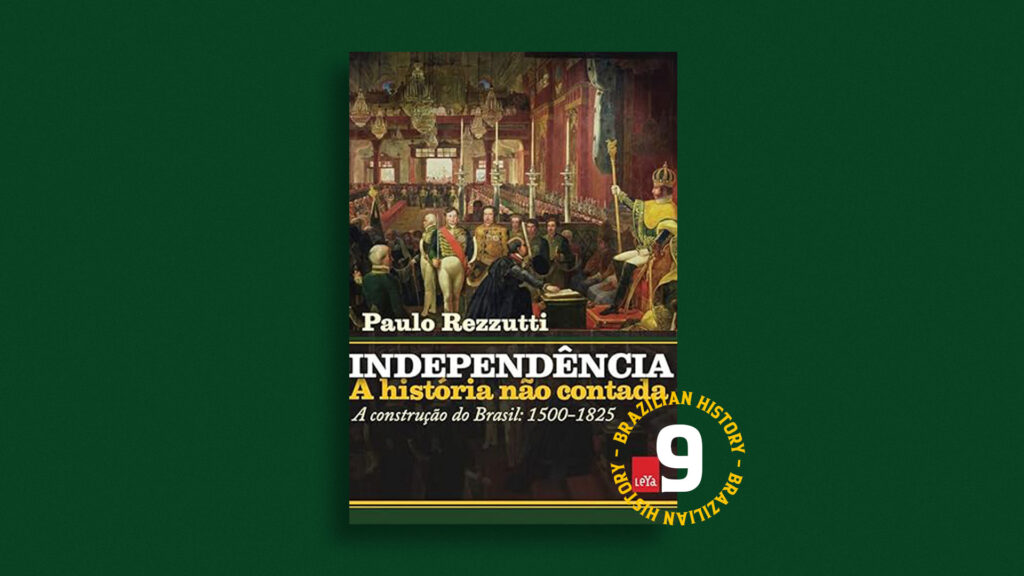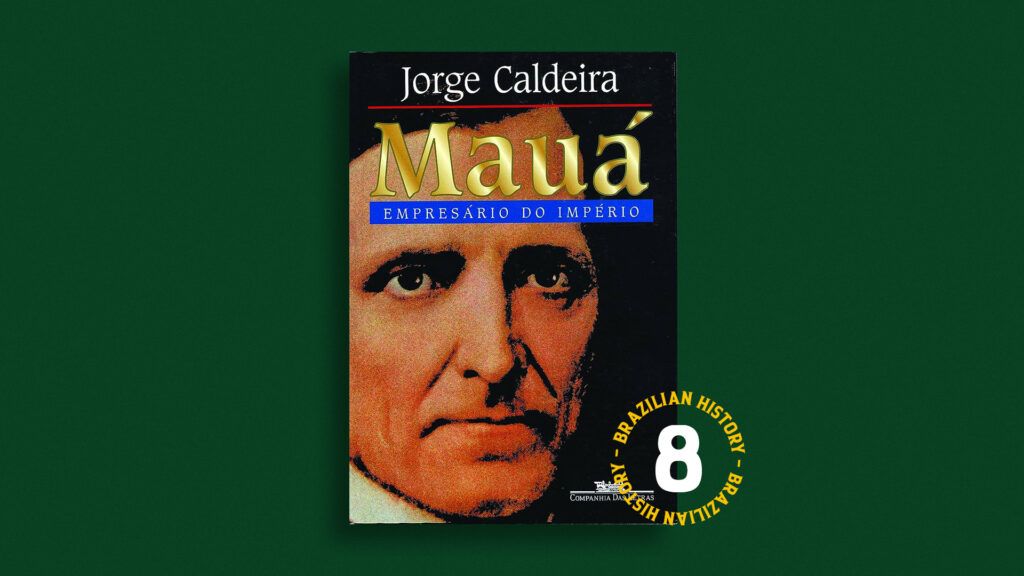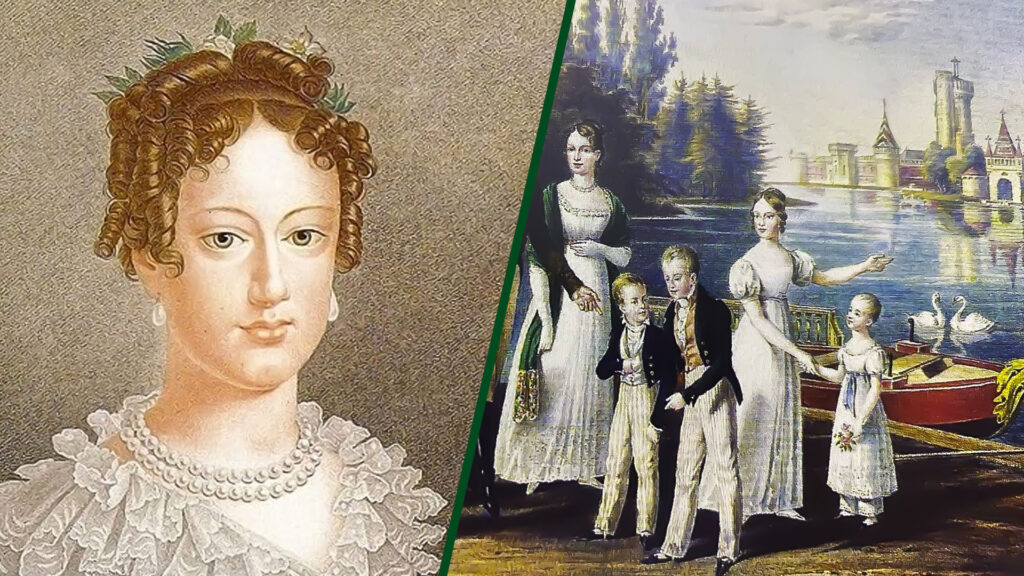
Leopoldina: A Life Shaped by Strict Education
Maria Leopoldina was born in 1797, in one of the most conservative royal houses of Europe. Her education was aimed not only at personal development but also at political duty. The strict culture and education of an Austrian archduchess were among the main criteria for a prince to have one

